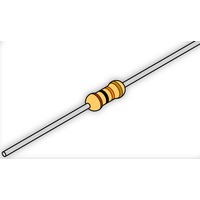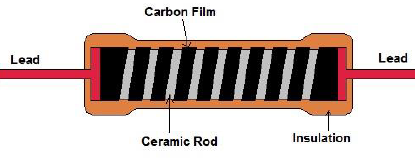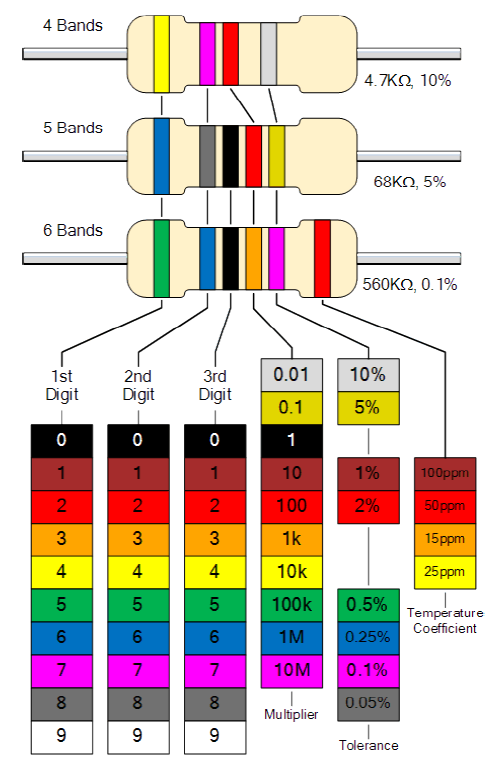Categories
- Quadcopter
- Aquaculture
- Raspberry Pi
- Video
- Components
- Gadgets
- Auto & Outdoors
- Home Automation & Security
- Audio
- Mobile Accessories
- IT
- Hobby
- Tools, Test & Mesurement
- Drones
- Drone Battery
- Spare Parts
- Remote Control Drone
- Fishing Release
- Racing Drones
- Autel EVO 2
- FPV Drone
- Mini Drone
- Drone with Camera
- Drones with FPV Display
- Beginner Drones
- GPS Drone
- Wifi FPV Drones
- Waterproof Fishing Drone
-
DJI Drones
- DJI Drone Accessories
- DJI Air 2S
- DJI Drone Spare Parts
- DJI Enterprise
- DJI FPV Racing Drone
- DJI Inspire Drone
- DJI Mavic Air
- DJI Mavic Drone
- DJI Mavic Mini
- DJI Mavic Mini 2
- DJI Spark Drone
- iFlight Racing Drones
- Mavic 2
- Mavic air 2
- Mavic Air 2 fly More combo
- Mavic Air 2 RTF
- Mavic Pro Platinum
- Phantom 3 Drone
- Phantom 4 Advance
- Phantom 4 Drone
- Phantom 4 Pro
- LED Light
- LED Lantern
- LED String / Fairy Lights
- LED Work Light
- LED Party Lights
- LED Torch
- LED Head Torch
- Household LED Light
- 12V LED Lights
-
LED Strip Lights
- Green LED Strip Light
- Power Supply
- Red Led Strip Light
- USB LED Strip Light
- Yellow LED Strip Light
- Accessory
- Blue LED Strip Light
- Neon LED Strip Light
- Rigid LED Strip Lights
- White Led Strip Light
- RGBW LED Strip Lights
- Digital LED Light Strip
- 2835 LED Strip Light Kits
- RGB LED Strip Light
- 5050 LED Light Strip Kit
- Toys
- HDMI
- HDCP Converter
- IQ4 Compatible HDMI Products
- HDMI Wall Plate Socket
- HDMI Audio Extractor
- HDMI Matrix Switcher
- HDMI Wireless Transmitter and Receiver
- HDMI Extender
- HDMI Converter
- HDMI Splitter
- HDMI Switch
- HDMI Adapter
-
HDMI Cable
- Mini Display Port
- Display Port
- Amplified HDMI Cable
- DVI Cable
- HDMI to VGA Cable
- HDMI to Micro HDMI Cable
- HDMI to DVI Cable
- HDMI to Mini HDMI
- Premium High Speed HDMI Cable with Ethernet
- High Speed HDMI Cable with Ethernet
- Hybrid Fibre Optic HDMI 2.0 Cable
- HDMI 2.0 Cable
- 8K HDMI Cable
- 4K HDMI Cable
- Hybrid Fibre Optic HDMI 2.1 Cable
- Media Player & Set Top Box
- Arduino Projects
- Power
- Battery Tester
- Transformer
- DC Power Cable & Connectors
- Solar
- Switchmode Power Supply
- AC Power Cables, Plugs and Sockets
- Powerboard and Adaptors
- Travel Adapter
- Battery Chargers
- Batteries
- USB Charger
-
GPO & Light Switch
- Electrical Accessories
- Circuit breaker
- Distribution Box
- Plug Base Socket
- Weatherproof Socket
- Black Light Switches
- Clipsal Style White
- Smart Zigbee Power Switch
- Black Power Points
- Smart Zigbee Power Socket
- Slim Series
- Alpha Series
- GPO Wall Sockets
- Power & Light Switch
- Glass Series
- Smart Wifi Power Socket
- Smart Wifi Light Switch
-
Power Adapter
- Extension Cables, Splitters and Plugs
- Reversible DC Plug
- Linear Type
- UPS
- Multi-voltage Power Adapter
- 14V DC Power Adapter
- 13.8V DC Power Adapter
- 3.3V Power Adapter
- 19V DC Power Adapter
- 7.5V DC Power Adapter
- Variable Power Supply
- USB Power Adapter
- 18V DC Power Adapter
- 48V Power Supply
- AC Power Adapter
- 24V DC Power Adapter
- 15V DC Power Adapter
- 9V DC Power Adapter
- 6V DC Power Adapter
- 5V DC Power Adapter
- 12V DC Power Adapter
Information
What is a Resistor?
Author: Tyson Popynick Date Posted:6 April 2016

What is a resistor?
A resistor is an analog component that acts to lower both voltage and current levels in a circuit.
What is the schematic symbol for a resistor?
These are the commonly used symbols for resistors. These are the US representations, which are the most commonly used in my experience.
A) Fixed value resistor
B) Variable value resistor
C) Potentiometer
NOTE: There IS a big difference between a variable resistor and a potentiometer. A variable resistor is a component which can have its resistance changed, whereas a potentiometer is essentially a voltage divider circuit in a component.

Image by Scwerllguy - Own work, CC BY-SA 3.0
You can click THIS LINK to read about resistors in voltage divider circuits.
How do I tell its value?
Resistors have bands of colors on them. It is quite easy to see these with a magnifying glass in a well-lit room, although they can be a bit difficult to see sometimes. We use a color chart as shown later in this guide, to work out the values based on the bands. A great alternative is to use the resistance setting on your multimeter to get the values. If your meter supports it, you will see a Ω on the interface. Remember you cannot use this to test resistors that are part of a circuit, as the value will be thrown off by any other components connected to the one you are testing.
What types of resistor might I use?
There are 3 main types:
- Fixed Resistor This type of resistor has a fixed resistance value
- Variable Resistor This type of resistor has a dial or screw to adjust the resistance value, such as in volume controls for instance.
- Potentiometer This is essentially a voltage divider in a component.

What are some common uses?
Resistors are commonly used to adjust voltages for logic circuits (eg: 5v down to 3.3v), they are also used to limit current such as when we use a resistor along with an LED. This is to protect the Arduino digital I/O pin from damage as the LED draws more current than it can safely handle.
We can use them to build voltage divider circuits, use them as a load, we can use them to bias elements of our circuit by manipulating the resistance values at each path.
There are 2 main types of resistor: There is the fixed value resistor and there is the variable resistor. A fixed value resistor will generally look somewhat similar to A in the image above. There are also other packages, such as SMD and larger versions. However you will likely only need to worry about these larger through-hole components.
What are resistors made of?
Resistors are made of a conductive material that coils around by means of ceramic spacers. This is coated in an insulator like ceramic after leads are embedded in the ends. We then use these leads to interface with the component.
How do resistors work?
Resistors are made by packing carbon or another conductive material, in a fine-powder form along with ceramic or other insulating material in a hard resin. The ratio between conductor and insulator determines the resistance value.
Example Use:
We use resistors in pretty much ever circuit we make. A great example is in applications with LEDs. We use a resistor here so that even though the LED is pulling a large enough current to damage our Arduino, the resistor will drop that current back down to tolerable levels and we will be safe.
Useful Resources and Links:
I would encourage you to do some research on the basic components featured in this series. Each component is like a building block, and the more you are familiar with, the more incredible your circuits can become!
Here is a few links you should bookmark for future reference:
Wikipedia (Lots of info about history, different types etc.)
I have included a color code chart on the next page you can print out if you need it. It is a useful chart as it shows you which bands to read on each type of resistor (4/5 band etc). Remember the most useful tool you have for this task is your multimeter in resistance mode.



